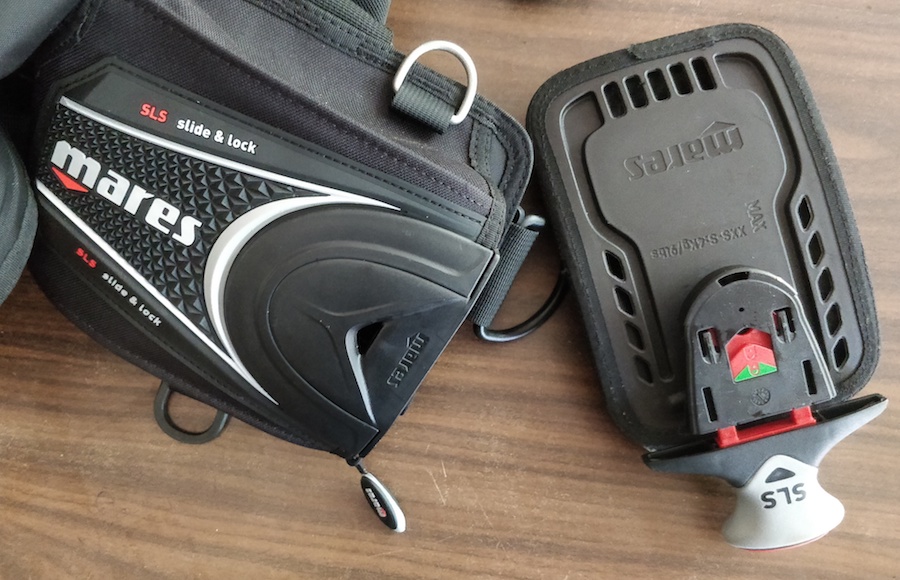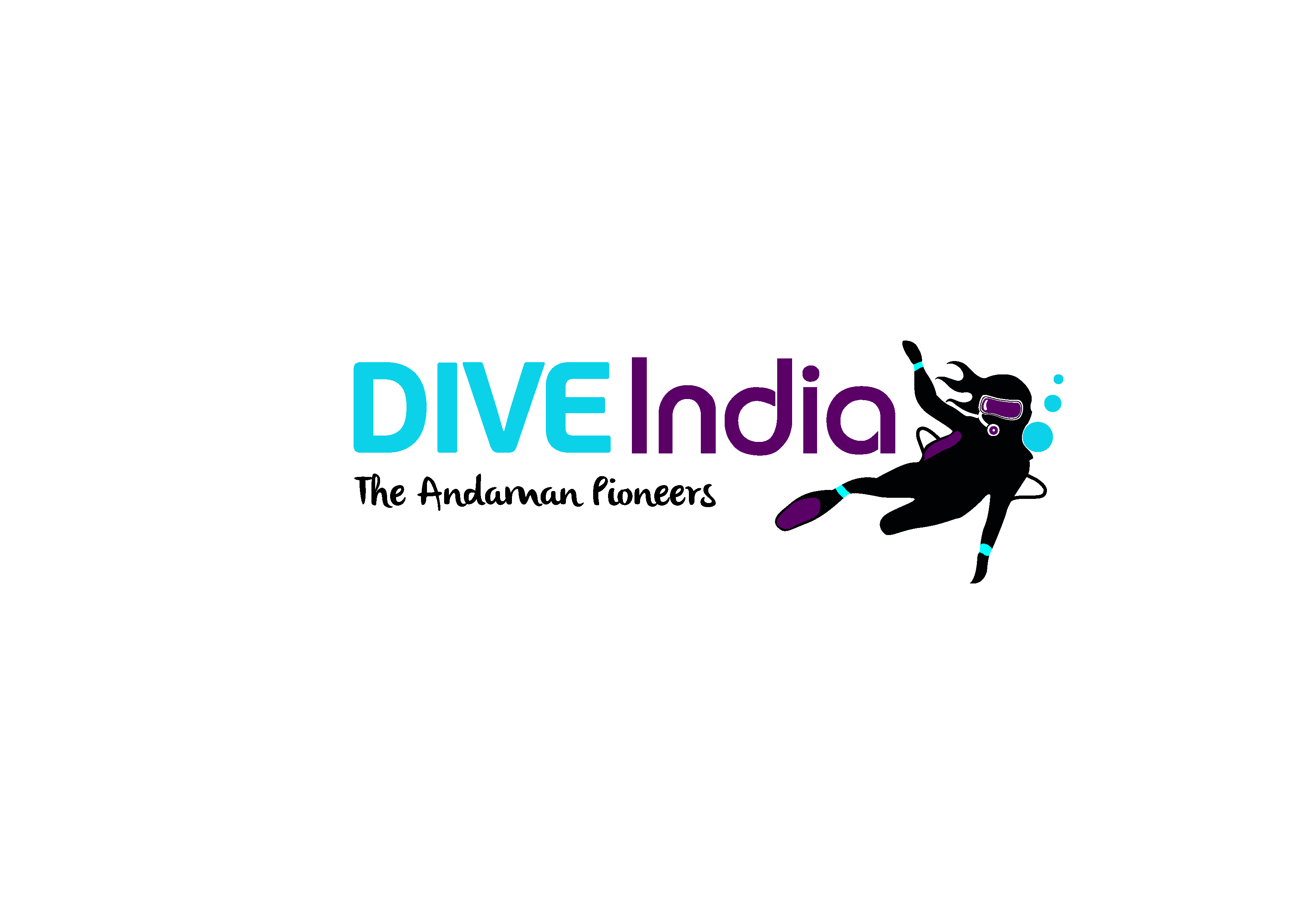Our first showcase in this series is dedicated to a particularly fascinating and versatile group of fish.*Drum roll* – THE WRASSES!
With nearly 500 known species, wrasses form the second largest marine fish family (Labridae) in the world. Wrasses are generally elongated fish that taper at both ends, you could call that being “cigar-shaped”. Found in tropical and temperature waters, wrasses can be as tiny as the thumb-sized minute wrasse (Minilabrus striatus), but also grow to be as big as the 2 meter long Napoleon wrasse (Cheilinus undulatus).

Portrait of a Napoleon wrasse (Cheilinus undulatus)
picture credit: Gunnhild Sørås
Most people know and love to see the Napoleon wrasse on a dive. A large and majestic fish that appears to carefully inspect divers with its googly eyes as it slowly cruises by. Napoleon wrasses have a single fin that runs continuously along its back (like a Mohawk); a characteristic feature of wrasses. Look carefully next time at a bird wrasse (Gomphosus varius) – you will see that same dorsal fin as the Napoleon, albeit on a smaller scale.

Bird wrasse (Gomphosus varius)
Brian Gratwicke (Wikimedia Commons)
Similar to the Napoleons, many wrasses appear as though their heads have been tattooed with Maori art. Intricate patterns radiate from their eyes in stunning colour schemes and patterns. Admire this artwork the next time you swim close to a red-breasted wrasse (Cheilinus fasciatus) or a moon wrasse (Thalassoma lunare).


Face painting on a Red-breasted wrasse (Cheilinus fasciatus) and a moon wrasse (Thalassoma lunare)
Picture credit: Wikimedia Commons
Wrasses are a family found in great abundance across reefs. Perhaps a key to their diversity lies in their versatile diet. Wrasses leave no part of the reef unexplored. There are wrasses that eat fish, some that graze algae, some that crack open crustaceans and molluscs, and others that suck out worms and coral. A few chase after plankton in the blue.
There are also those that follow other fish, almost like a shadow, watching closely to see what hidden treasures are revealed when these hunters are at work. Look out for the small checkerboard wrasse (Halichoeres hortulanus) hungrily tailing either a triggerfish upturning rocks or goatfish that is stirring up the sand in hope of nabbing a quick crab or clam. What would you call this- Clever? Lazy? Freeloading?

A checkerboard wrasse (Halichoeres hortulanus) waiting to see what goodies the yellow-margin triggerfish (Pseudobalistes flavimarginatus) stirs up!
Photo credit: Bernard Dupont (Wikimedia Commons)
By virtue of their choice of cuisine, some wrasses play critical roles in the functioning of coral reefs as an ecosystem. I am talking about the unassuming but industrious blue-streaked cleaner wrasses (Labroides dimidiatus). Cleaner wrasses feed specifically on parasites, dead tissues and mucous, found on bodies of fish that do not want to keep any of it. In the process, cleaner wrasses have set up some of the most phenomenal symbiotic relationships that can be observed while diving. These wrasses work in pairs or in small groups and work extremely hard to look for fish that are looking to be cleaned. A single cleaner wrasse on duty, working 4 continuous hours, cleans up to 2000 ‘client’ fish. Starting up and running a cleaning station successfully is no joke for these finger-sized fish and there is a lot that we can learn from observing them. (Watch out for our upcoming post- Business lessons from a cleaner wrasse partnership.)

A blue-streaked cleaner wrasse (Labroides dimidiatus) working on a Napoleon wrasse with a keen eye.
Of all the wrasses that we might come across commonly, we are likely to underestimate the anchor tuskfish (Choerodon anchorago) the most. The anchor tuskfish is named so, for its tusk-like canines. These sharp teeth when unleashed, transform the otherwise delightful-looking wrasse into a predator that every hard-shelled animal should be afraid of! Tuskfish can spend hours trying to dig out clams, carry them over to specific spots on the reef where they whack them repeatedly against specific rocks until the shells crack open and are ready for the devouring. Tuskfish are the first wild fish to be documented using tools.
I would like to end this showcase with one of my favourite wrasses of them all. It is one that some of us have probably witnessed, doing something so bizarre, in a span of one second, that no one but you and the wrasse will believe that it happened. Ladies and gentlemen, I give you Epibulus insidiator or the slingjaw wrasse!
Watch this space for our next showcase on the underwater lives of the Incredibles.
The author, Chetana is a PADI divemaster and resident biologist at DIVEIndia in the Andaman Islands. She is an alumnus of the Masters program at the Wildlife Conservation Society -India program and National Center of Biological Sciences in Bengaluru. She has been diving and exploring the Andaman Islands since 2013. She is also deeply excited about forests, birds, reptiles and amphibians.

















